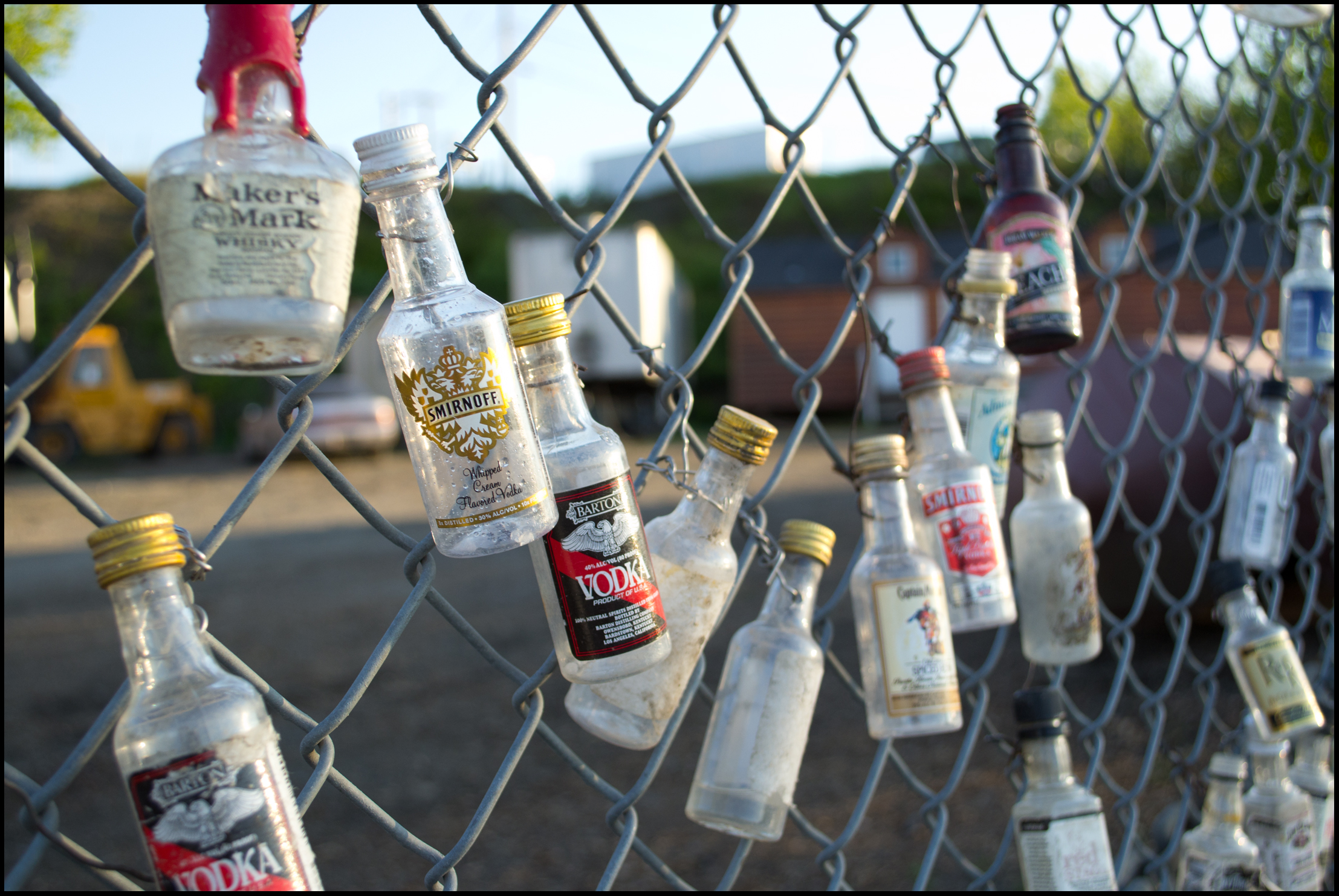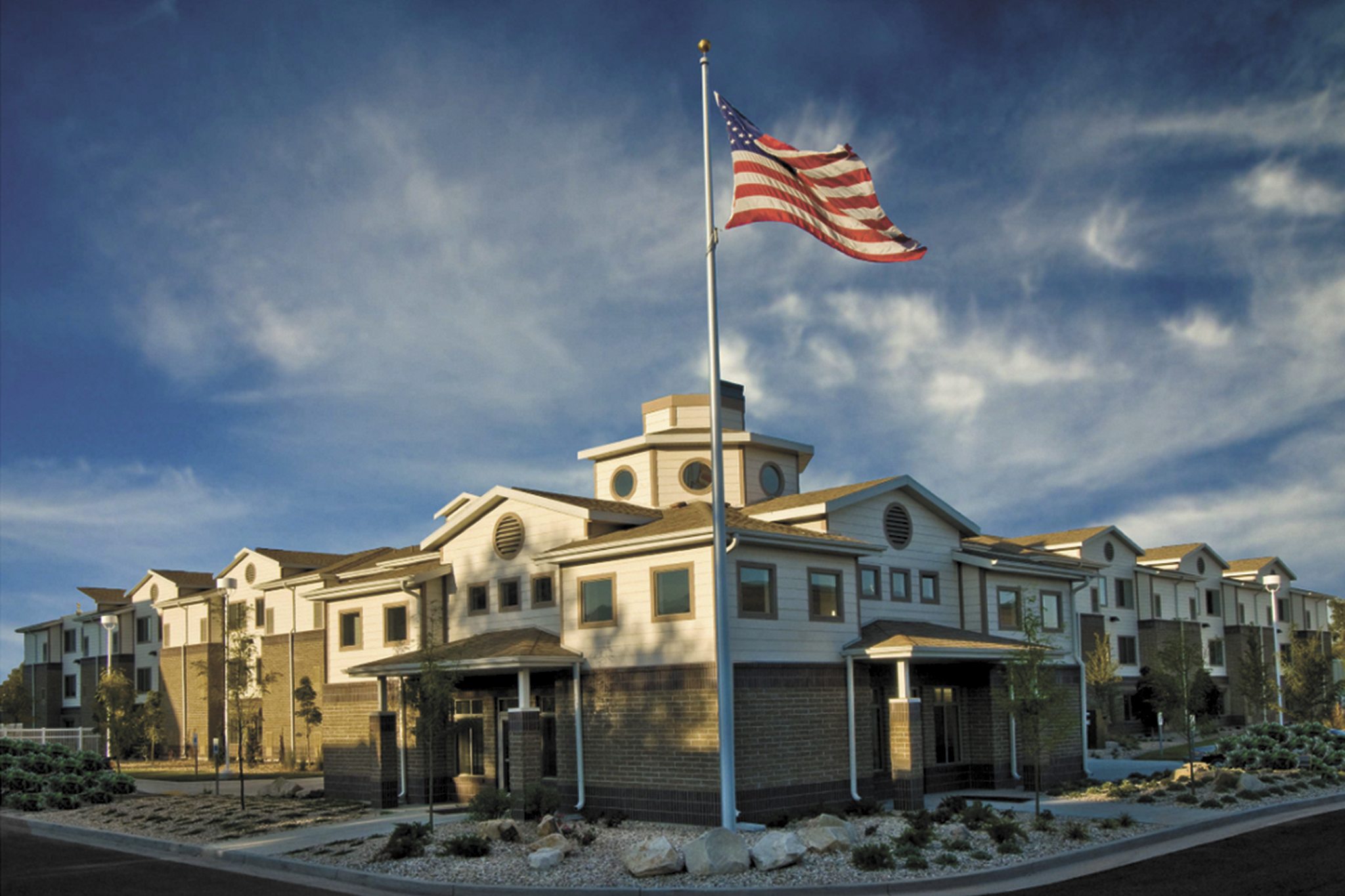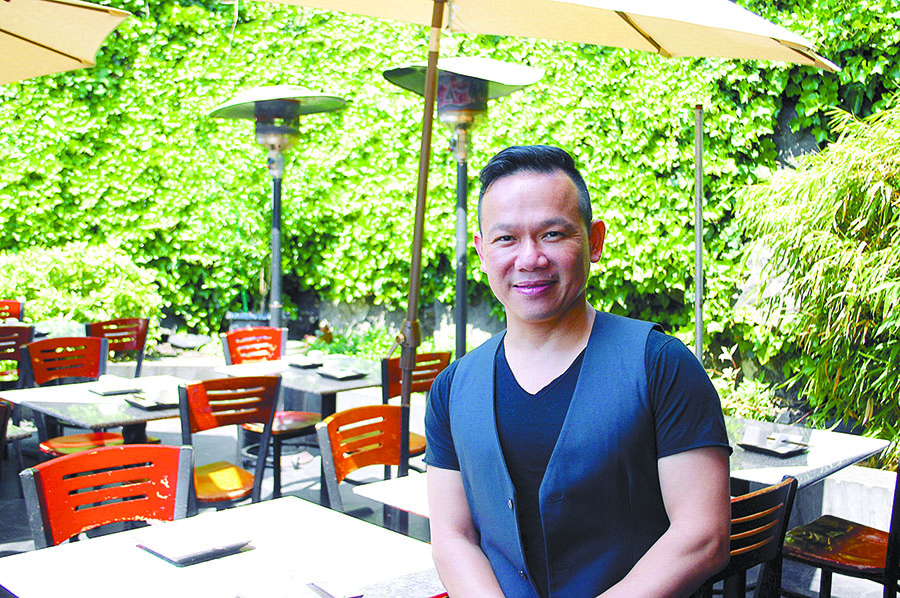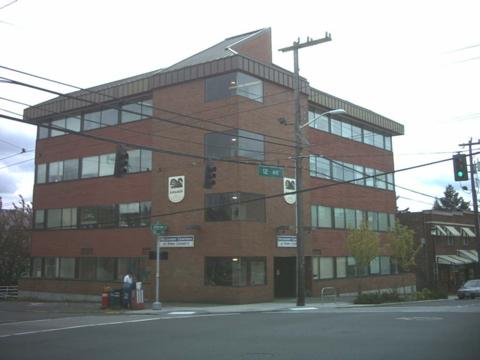Karluk Manor caters to the desperate and downtrodden on the periphery of downtown Anchorage—about a mile away from the famed Captain Cook Hotel, where, until a few years ago, a stuffed polar bear, fangs bared, stood almost 10 feet high inside its lobby. For many years it was a Red Roof Inn, a drab, two-story affair with 46 nearly identical rooms. In fall 2011, the state of Alaska, acutely aware of its reputation as having one of the U.S.’s highest rates of alcoholism, spent $3.5 million to buy the property, remodel the motel, and turn it into a long-term home for Anchorage’s homeless, chronic alcoholics.
Today, Karluk Manor—modeled after 1811 Eastlake, which opened in Seattle a decade ago and shelters 75 homeless men and women with extreme alcohol addiction—houses, at any given time, around 40 of the most prolific boozers in Alaska’s largest city, at an annual cost of nearly $23,000 per person. According to the city’s health director, Melinda Freemon, that’s a pretty good deal, considering that the public is on the hook for $61,000 yearly to care for each of Anchorage’s estimated 250 to 300 chronic homeless drunks.
Anchorage Mayor Dan Sullivan, like a number of mayors (including his own father) who have presided over this century-old city of 265,000 residents spread across an alluvial plain between the Chugach Mountains and the frigid waters of Cook Inlet, is alarmed by the rising price of dealing with its inebriated population.
In 2013, the Anchorage Safety Center, where those who’ve had too much are taken to sleep it off, recorded more than 26,000 admissions, according to the city attorney’s office. One frequent visitor spent 275 nights there. Last year the city of Anchorage spent close to $2 million on a year-long contract to run the safety center and a van service to haul drunks.
“So I’m thinking, maybe it’s time we do something different,” Sullivan told Seattle Weekly in a recent phone interview. Mindful that lower gas prices in oil-driven Alaska have begun to have deleterious effects on the economy, Sullivan added, “It could save us millions of dollars. We just need to try something new.”
What the 63-year-old two-term mayor is considering is this: flying five to 10 serious alcoholics, now residing at Karluk Manor, to Seattle and placing them in a 10-day, $22,000 aversion-therapy treatment program at Schick Shadel Hospital. Those seeking treatment must volunteer. No one will be forced to attend, and, Sullivan stressed, they will return to Anchorage once the 10-day anti-cravings regimen is completed.
It will be a pilot project, the mayor noted, costing his city about $200,000—which he hopes the nine-member Anchorage Assembly will approve, perhaps as early as this week.
Sullivan said he has not encountered any opposition to his alcoholic export plan, though he conceded, “There are some people here, local providers, who’ve said, ‘Gosh, maybe the money would better spent here,’ but we don’t have treatment facilities anywhere to do what they do there [at Schick Shadel].”
The mayor said he learned of the Burien-based hospital from an advertorial in Alaska Airlines Magazine and was impressed by its success rate, which, according to Schick Shadel marketing director Holly Williams, is 62 to 65 percent.
Williams contacted Sullivan and set up a presentation after learning that the mayor had given a speech in which he touted the work of Schick Shadel. Founded in 1935, it is the oldest hospital in the nation devoted solely to treating substance abuse. Its main pitch man is 81-year-old Pat O’Day, the legendary Seattle radio and TV personality who sought treatment for alcoholism at the 60-bed hospital in 1986.
In early April, Schick Shadel CEO Bruce Brandler journeyed to Anchorage and met with Sullivan, Freemon, and other city health officials. He talked extensively about the treatment method, known as “counter-conditioning,” in which patients are exposed to alcohol in combination with chemicals that induce vomiting, with the goal of making the sight, smell, and taste of a stiff drink repellent. Electric shocks are also part of the protocol.
“We have treated more than 65,000 patients with aversion therapy,” Brandler, who lost a family member as a result of acute alcoholism, told the Weekly. “We have had great results, though we never say that we ‘cure’ people. We just get them to stop drinking.” Brandler said he can think of no other instance in which a city has contracted to send its chronic alcoholics to a substance-abuse treatment provider, “but it’s not all that surprising because we are already treating a lot of people who come down from Alaska.”
Rosalie Nadeau, who runs Akeela Inc., an Anchorage drug-addiction treatment center, said aversion therapy might work for highly motivated people, such as those whose drinking is jeopardizing their job, Alaska Dispatch News recently reported. “That’s somebody who is willing to spend $22,000 to go to a place and endure what amounts to torture in order to get over it,” Nadeau said.
“We do not torture our patients,” bristled Brandler. “We are a hospital. We treat people. And the electric-shock treatment is not like something you’d see in a Frankenstein movie. It’s a small, little shot [of electricity].”
econklin@seattleweekly.com








